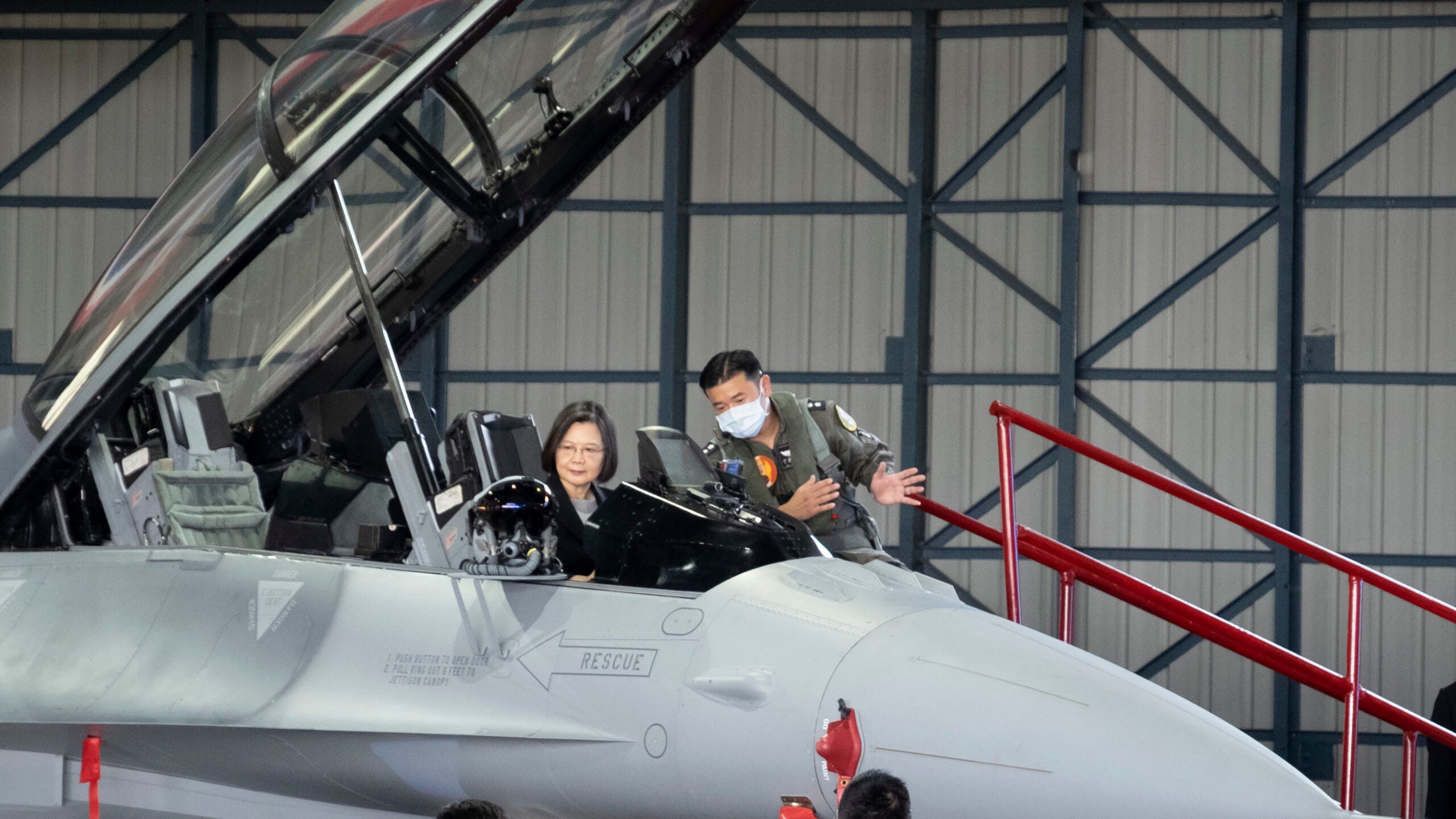Taiwan has officially introduced to service its first wing of upgraded F-16V fighter jets, the most advanced in its inventory, as the Republic of China Air Force, or ROCAF, continues to face down its Chinese adversary amid tensions between Beijing and Taipei. In the process, Taiwan has become the first Viper operator anywhere in the world to field combat-capable F-16Vs.
Taiwanese President Tsai Ing Wen was at Chiayi Air Base in southwest Taiwan today to formally declare the resident 4th Tactical Fighter Wing (TFW) fully operational, as the first ROCAF wing to be equipped with F-16Vs. She inspected the flight line at the base and was photographed seated in the cockpit of an F-16V, as seen at the top of this story. According to reports, 64 of the jets have now been upgraded, but it’s not clear if all of these are assigned to Chiayi. The event had been expected to take place earlier in the year but was delayed, reportedly by a combination of the COVID pandemic and a number of accidents involving ROCAF aircraft.
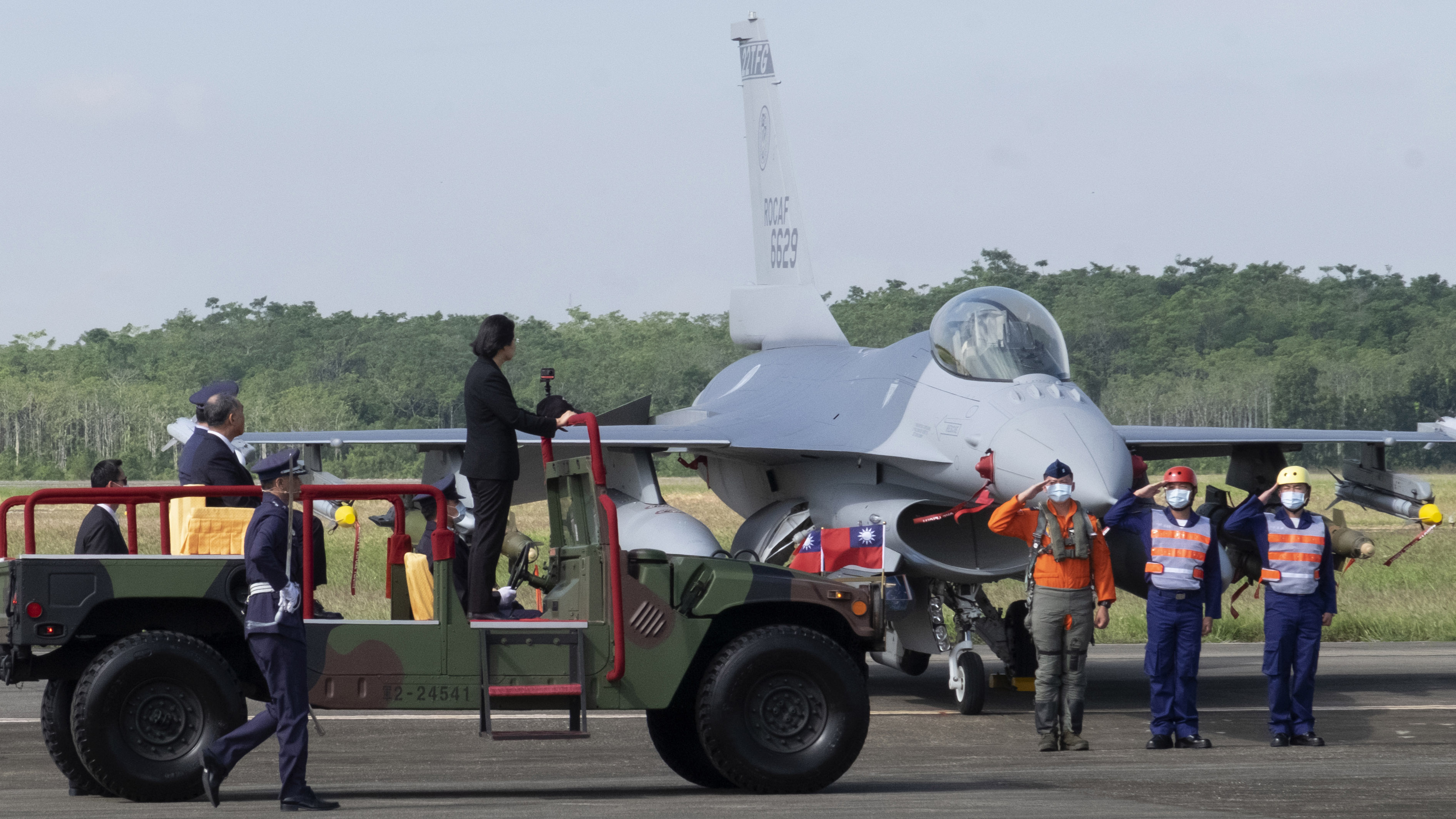
“I believe that as long as we adhere to the values of democracy and freedom, there will be more like-minded countries standing on the same front with us,” President Tsai said at the event, according to Reuters, calling for international support as the country continues its face-off with Beijing, which has not ruled out retaking the island by force.
Today’s milestone follows an announcement in March this year that the first F-16Vs had achieved initial combat capability at Chiayi, signaling the start of active training on the jets. At that point, it was reported that more than 22 F-16Vs had been delivered to the 4th TFW.
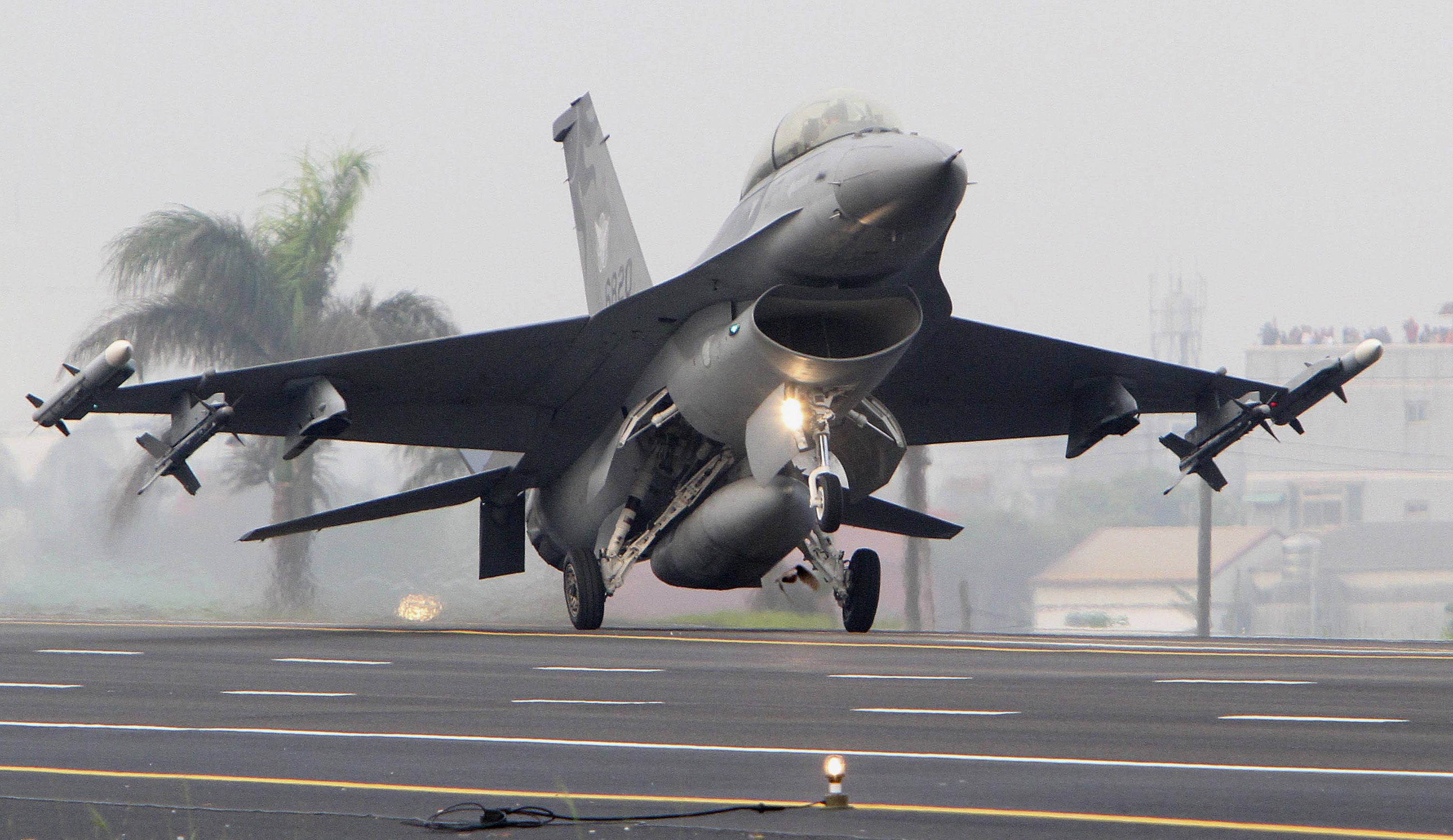
Originally, the ROCAF expected to receive 144 F-16Vs, which are conversions of its existing F-16A/B jets, but this number has since been reduced to 141 through attrition in its existing Viper fleet. Lockheed Martin upgraded the first two ROCAF F-16Vs, the first of which took to the air in October 2015, and these served as pattern aircraft for Taiwan’s Aerospace Industry Development Center (AIDC) to complete the remaining upgrades locally.
Work to retrofit the whole fleet is due for completion by the end of 2023. The next wing to be equipped with the upgraded jets will be the 5th TFW at Hualien Air Base on the northeast coast. While the F-16V name is applied almost universally to these aircraft, AIDC refers to them as F-16A/B Block 20 MLUs.
Although we’ve already discussed in some depth the advantages of the Taiwanese F-16V configuration, it’s worth noting that these fighters now possess the Northrop Grumman AN/APG-83 Scalable Agile Beam Radar (SABR), with an active electronically scanned array (AESA), providing much-increased detection and engagement ranges. You can read all about the particular features that the SABR brings to the F-16 in this previous feature of ours.
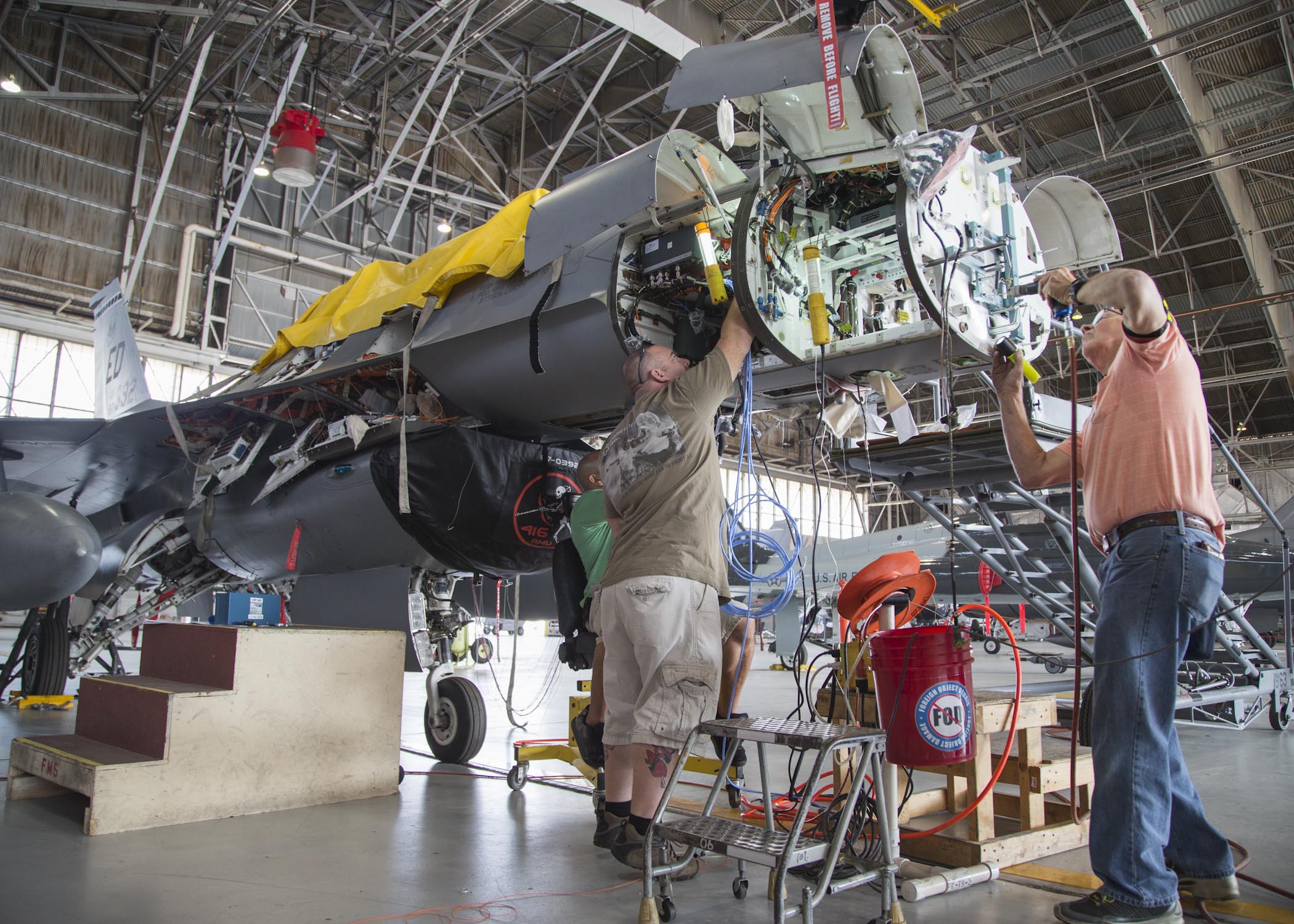
At the same time, information from the SABR and from other sensors is now presented on a new center pedestal display, for improved tactical situational awareness.
Another important development is the introduction of more robust landing gear, able to take heavier fuel and weapons loads. This will be especially important for the F-16V’s offensive missions, which include anti-shipping, using the AGM-84 Harpoon missile. Other important weapons capabilities likely to be incorporated in the Taiwanese F-16V include the AGM-88 High-Speed Anti-Radiation (HARM) missile for defense suppression, the AGM-154 Joint Stand-Off Weapon (JSOW), and the Standoff Land Attack Missile Expanded Response (SLAM-ER). Of these, the SLAM-ER with its range of 170 miles will provide a powerful new long-range precision-strike capability with a range greater and better accuracy than the indigenous Wan Chien missile. Sales of the JSOW and SLAM-ER to Taiwan were approved in 2017 and 2020, respectively.
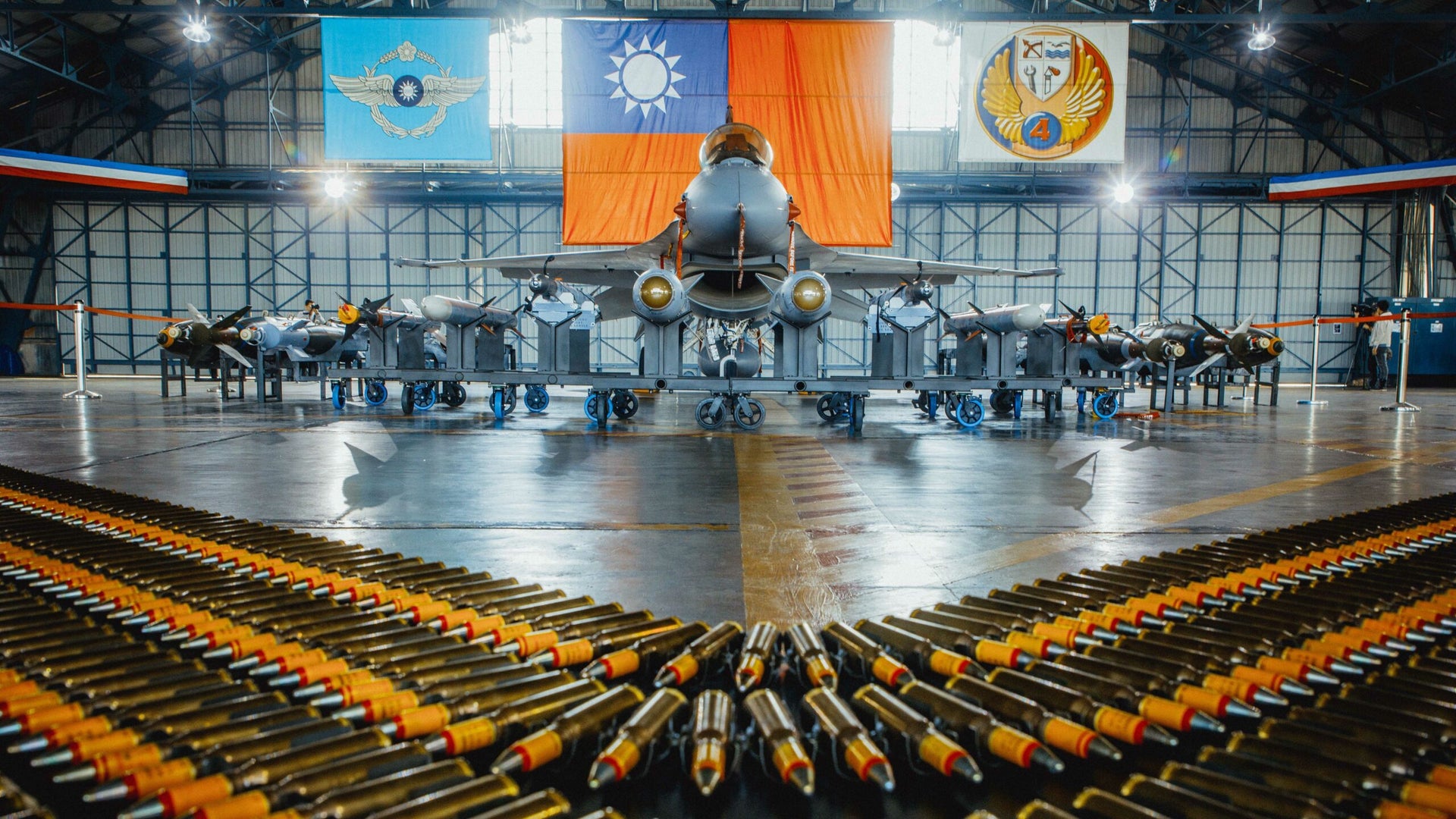
Despite all these advances, however, the F-16V is still very much a fourth-generation fighter, its overall capabilities likely far outstripped by the J-20 stealth fighters now being fielded by the People’s Liberation Army Air Force on the other side of the Taiwan Strait. Tellingly, while the numerical supremacy of Beijing’s air arms has never been in question, its qualitative advantage is also now growing, with other stealth fighters in the works, not to mention increasingly advanced drones and air-launched weapons.
With this in mind, it was recently reported that at least some U.S. officials had become frustrated at Taiwan’s persistence on acquiring high-tech systems instead of lower-cost equipment that would be easier to acquire and could arguably be more effective in at least buying time in the face of Chinese military intervention.
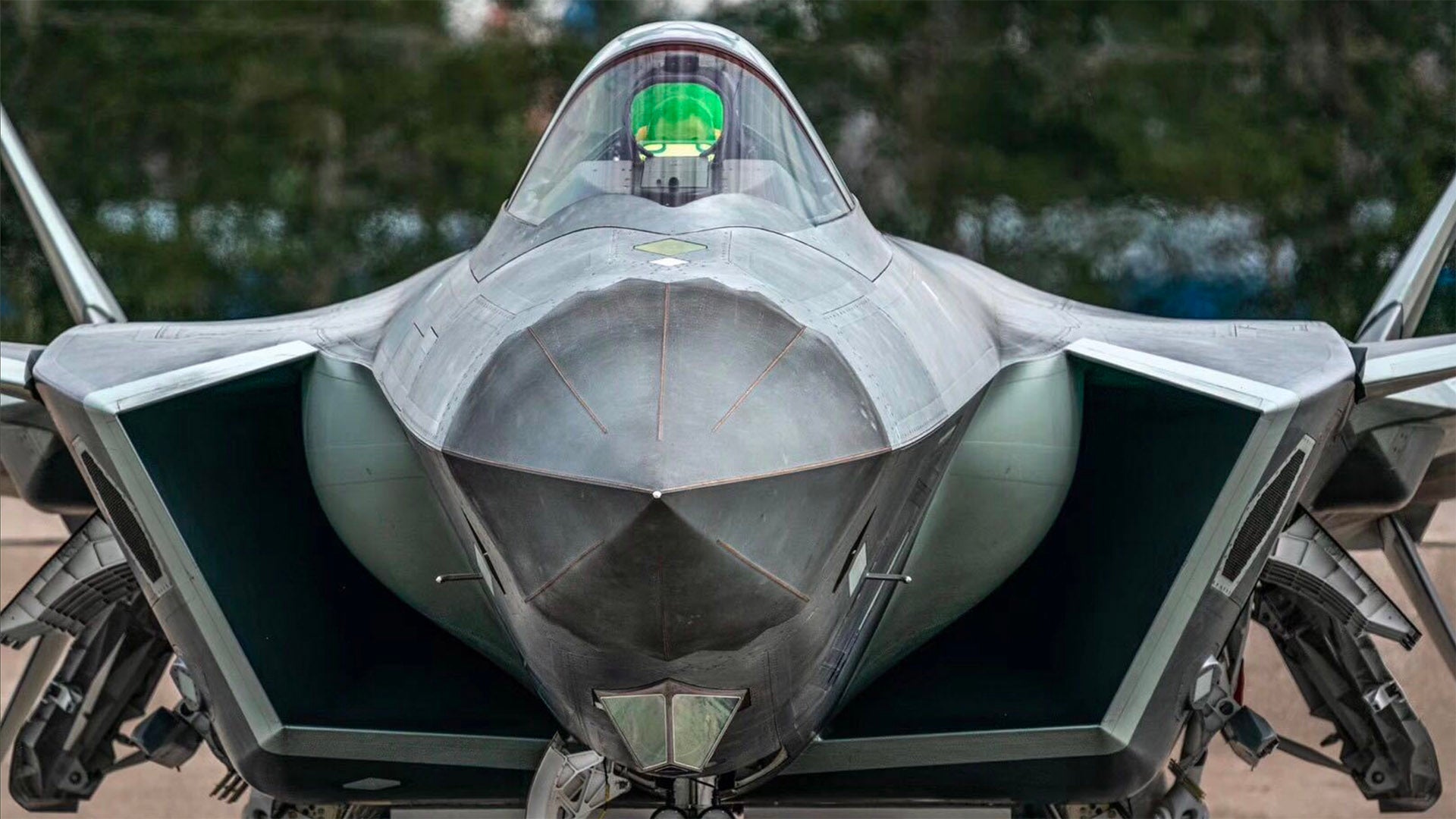
Ultimately, the introduction of the F-16V is just the start of ROCAF fighter modernization plans, with the Trump administration having approved the sale to Taiwan of an additional 66 new-build Block 70 F-16C/D jets, which are new production aircraft with a similar general configuration to the F-16V. The first deliveries of these jets are expected to begin in 2023. The fact that Washington eventually approved the sale of these advanced fighters was an important milestone in itself, the deal having been a “red line” issue for the government in Beijing, while successive U.S. administrations had refused to allow more modern F-16 versions to be delivered.
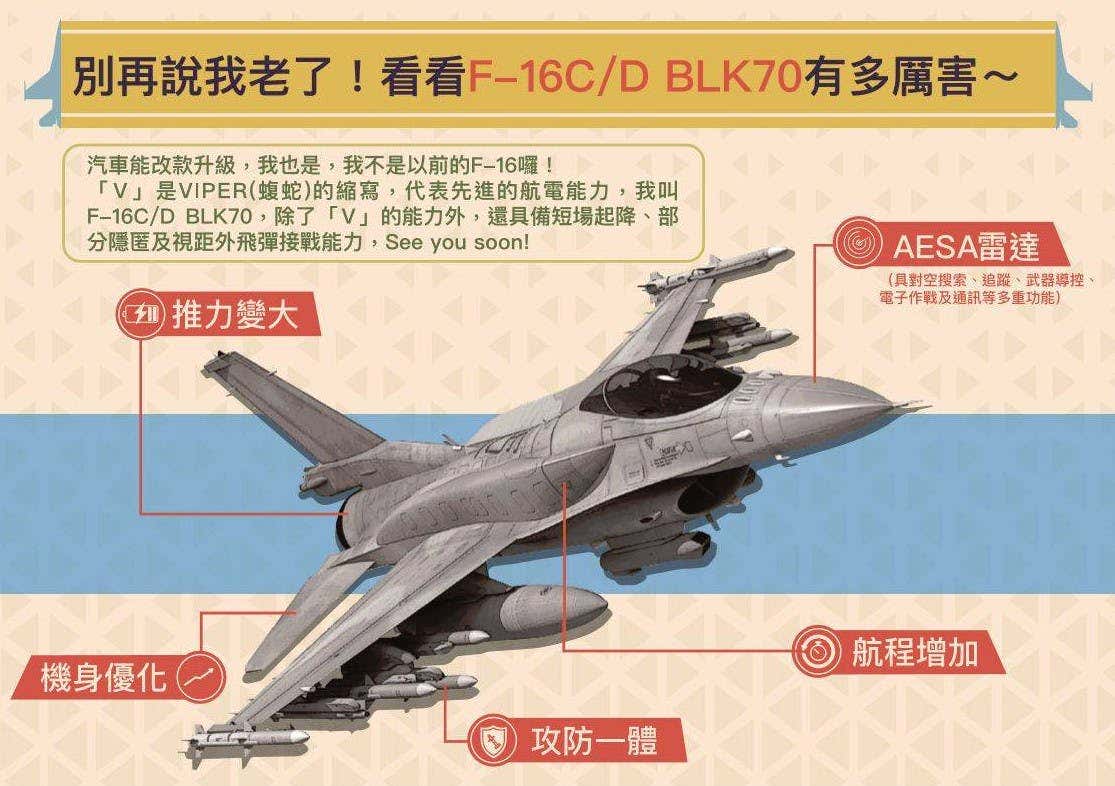
In the meantime, the declaration of full operational capability for the F-16V comes at a significant moment, with activity by aircraft from the People’s Liberation Army in Taiwan’s southwest Air Defense Identification Zone, or ADIZ, at a high. Last month, China sent a record number of aircraft into the southwest ADIZ — 149 aircraft over the course of four days, including 56 in one day alone.
These incidents come amid growing fears about a Chinese military intervention on the island. Last month, Taiwanese Minister of Defense Chiu Kuo-cheng said that, while China was capable now, it would be fully prepared to launch a full-scale invasion in three years. This echoes a statement from U.S. Navy Adm. Phil Davidson, who told the Senate Armed Services Committee in March that China aims to invade Taiwan “in the next six years.”
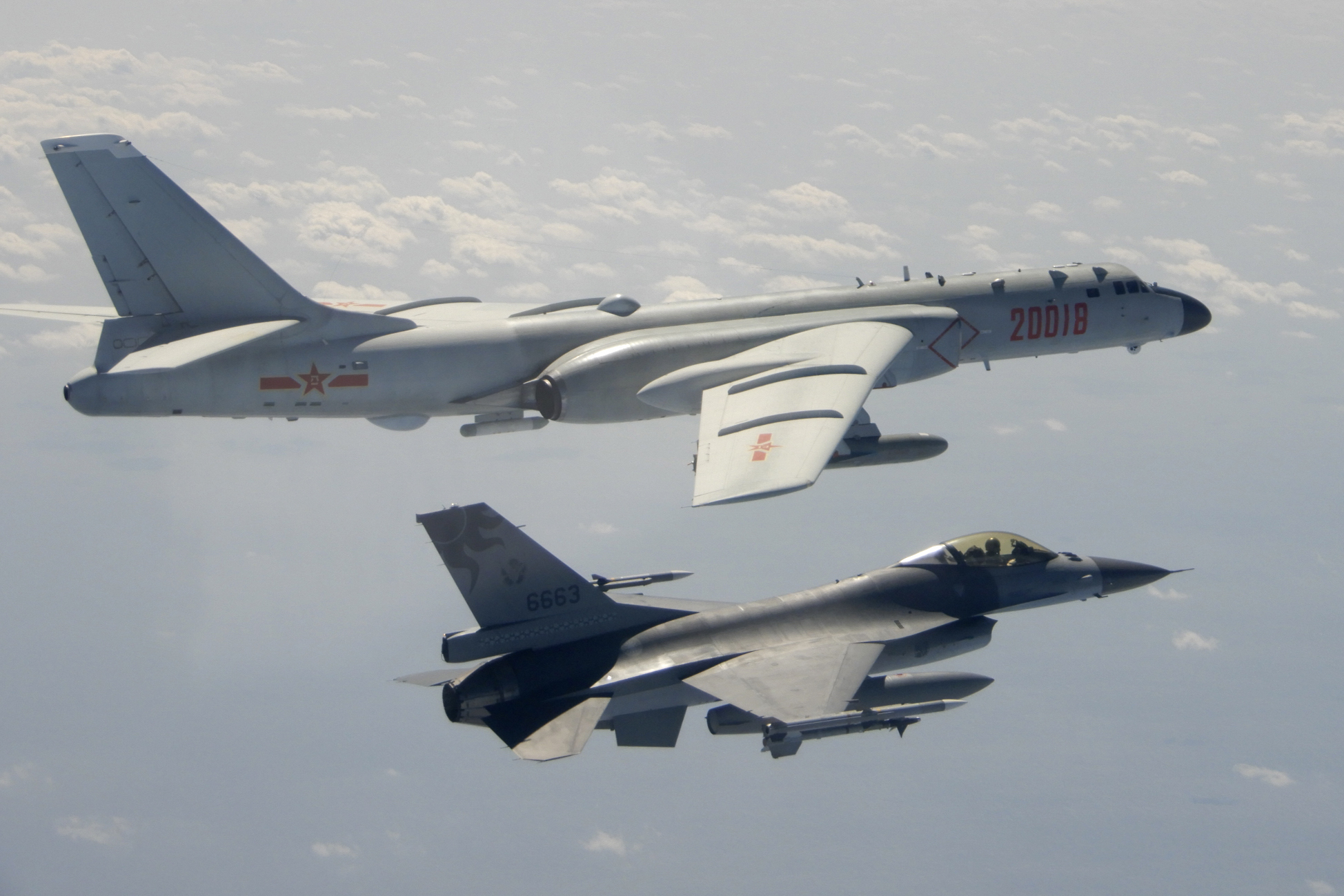
This all comes in the same week that U.S. President Joe Biden was forced to backtrack on statements that endorsed Taiwan’s independence, following his meeting with Chinese President Xi Jinping. Last month, Biden had also said that the U.S. military would defend Taiwan if China attacked it, but said he would not commit to sending troops, in line with the Taiwan Relations Act.
With that in mind, the official deployment of the F-16V is not only a sign of modernization of Taiwan’s armed forces as a counter to China’s rapidly developing airpower capabilities but also a reminder that the ROCAF is ready to defend the island in the face of Beijing’s territorial claims on it. At the same time, it may be seen as reinforcing the close military relationship between the United States and Taiwan, despite the former’s official “one China” policy that falls short of recognizing Taiwan’s independence.
Contact the author: thomas@thedrive.com
